My work as an artist explores our emotional connectivity to environments, the interdependences of people with their histories, environments and ecologies. I am drawn to understanding the minutiae of place: hidden details, forgotten truths, undiscovered stories and threatened species.
My artwork grounds me, ties me into experiential learning where I can immerse myself in time, thought, memory and experiences.
I use artistic processes to uncover how we respond to the ever-changing realities of what life means to us today; through which I hope to open up dialogues enabling new understanding of complex issues.
The work I create within a social context enables me to help others to realise that they can build another world – one where the impossible becomes the possible and reality a thing of beauty.

I always work in such a way that my artworks create a new space for understanding between people, places and habitats. I use perception as a tool for social change. I want my work to empower, excite and inspire; to question, challenge and above all, provide new solutions to the complexity of social concerns in the world today.
PROJECTS
Whittingham Lives: Lancashire 2018
About five years ago, I was working within mental health research at Lancaster University, drawing on my lived experience of supporting family members with long-term mental health conditions. This experience has fed my knowledge and curiosity and has enabled me to realise that science needs the arts to engage people in understanding; to tell its stories and to affect positive changes in services.
Whilst working as the university, I was also Project Manager for Whittingham Lives, an arts and heritage programme exploring the history of Preston’s former asylum and what this means to people today.
This led me to start a new body of work, which challenges prejudice, stigma, and a real lack of care within the very services that are meant to provide it.
The artworks put into the public realm aspects of life that I have witnessed first hand, as the beginning of an attempt to use the arts to tell the story of what happens when a loved one develops psychosis and needs help and support.

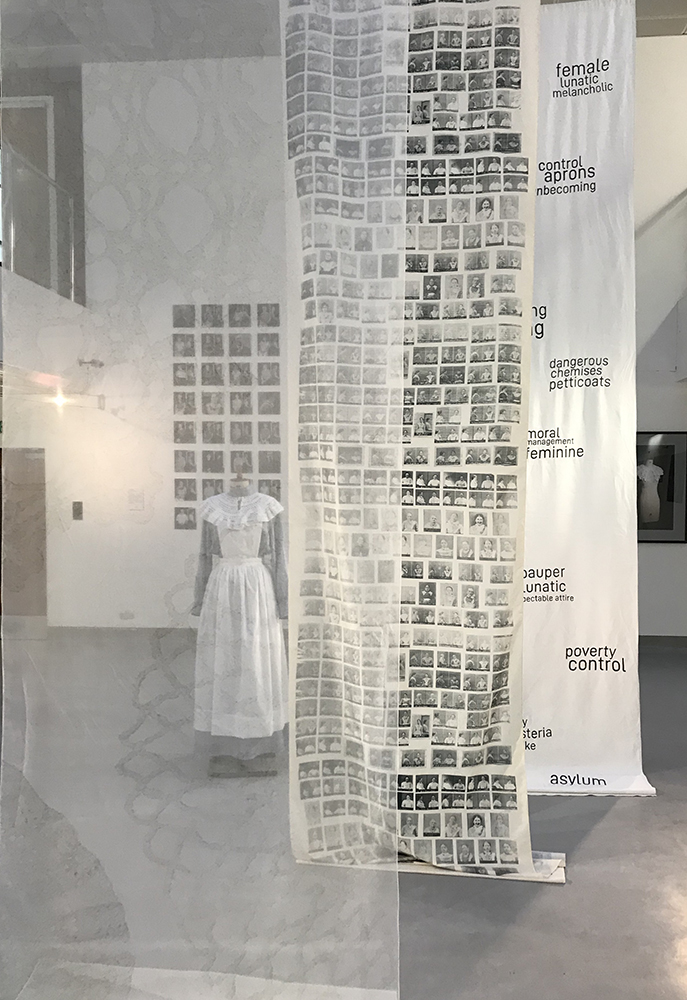
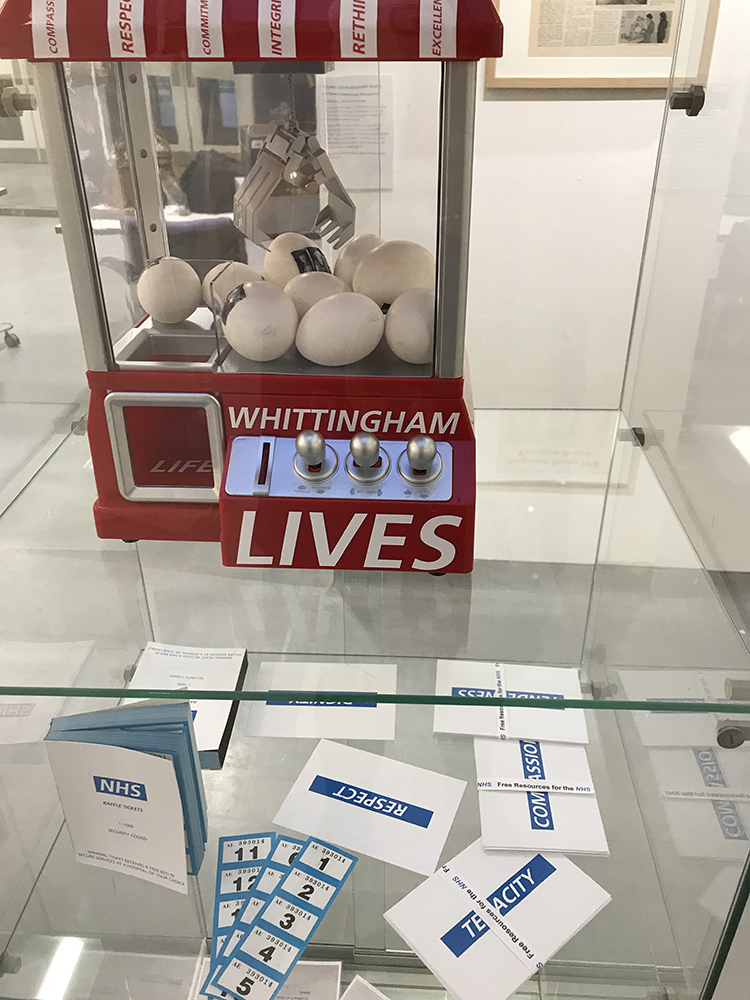
Thinking of Us All:Toluca, Mexico 2008
A site-specific installation created for the University of Toluca, exploring the importance of humanity as an ecological provocateur able to own, transform and remedy environmental problems. Thinking of Us All – Piensando de todos de nosotros brings to the fore our relationship with the world and presents us as a part of our ecology, not something separate to it.
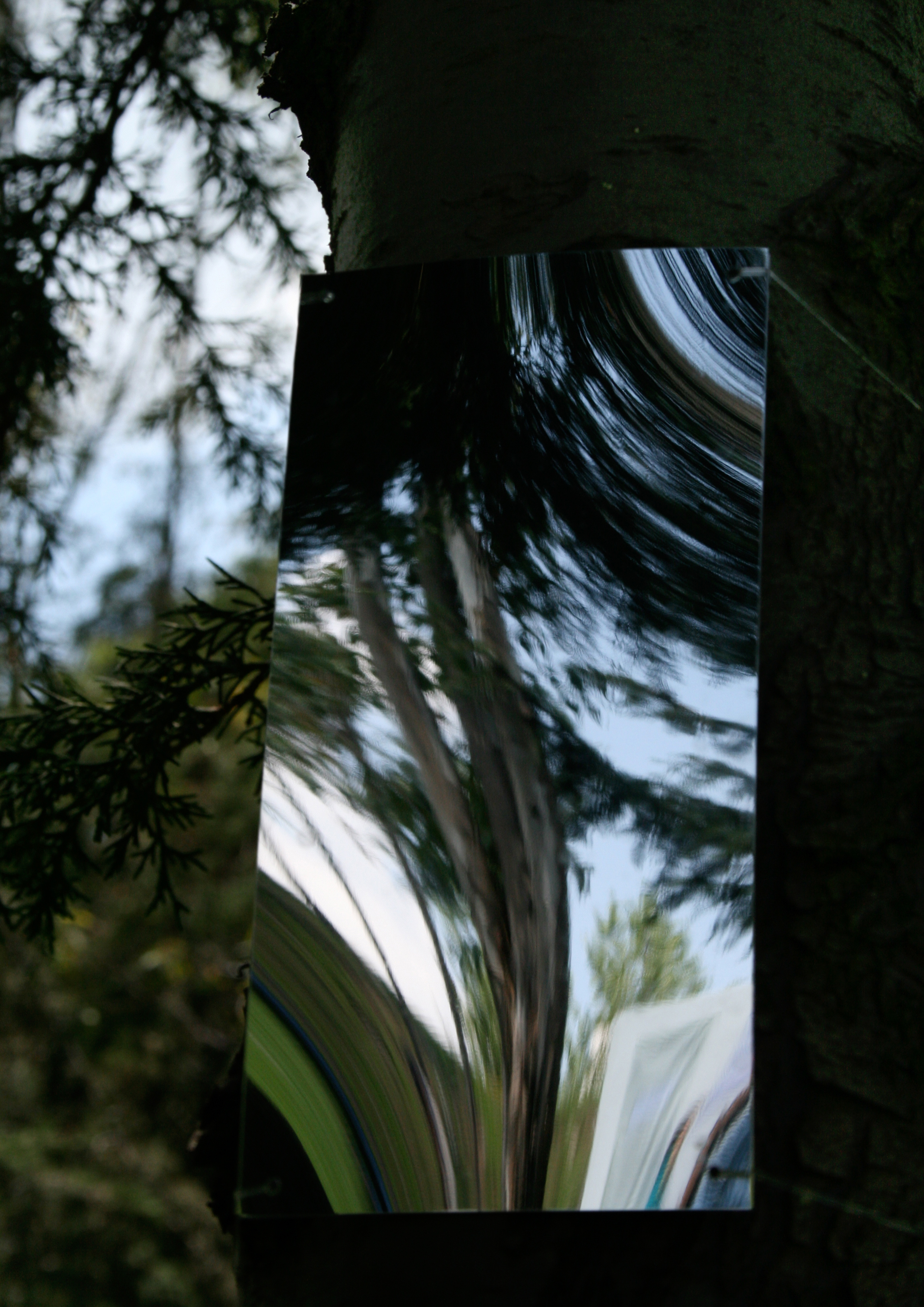
Annubhaava – Feeling the Earth: Bowland Fells, 2007
Thanks to investment from Arts Council England and Mid Pennine Arts I was able to develop my practice fusing my passion for drawing with environmental interventions. The subsequent exhibition, installation, film and catalogue profiled the creative collaborations and processes I undertook to create new globally significant work inspired by place.

Annubhaava Exhibition, 2007
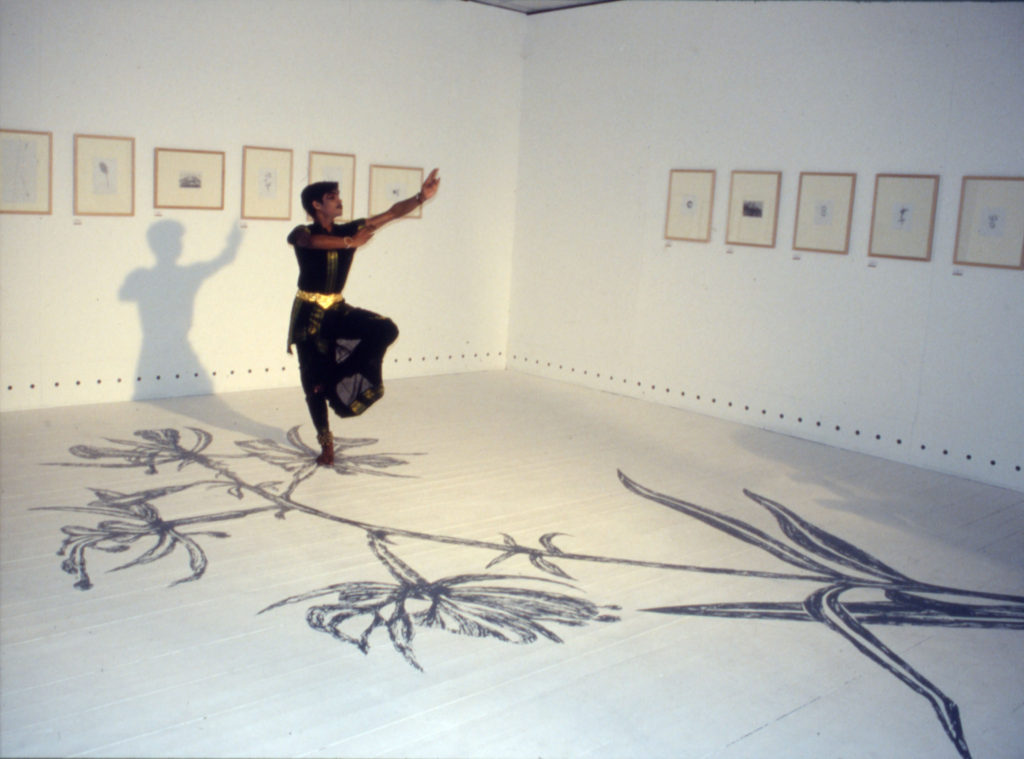
Mid Pennine Arts, 2007
Peace and Freedom: Aalborg, Denmark, 2000
A new public artwork exploring the theme of peace and freedom was commissioned by the Aalborg Triennale. Created during a one-week residency in the city, over 20 artists from over 20 countries came together to explore through creative dialogue and exchange what peace and freedom mean, and how these concepts can be meaningfully represented using the visual arts.

Sky Reach: Westonbirt Arboretum, Gloucestershire, 2003
Commissioned by Public Art South West this temporary site-specific installation was created for Westonbirt Arboretum, enabling visitors to experience the trees and woodland in new ways. The work invited the public to imagine climbing to the stars, to experience the reflections of the mirrored steps bounce around the trees across light and shade, at times radiating the power of the sun and at times seemingly invisible.
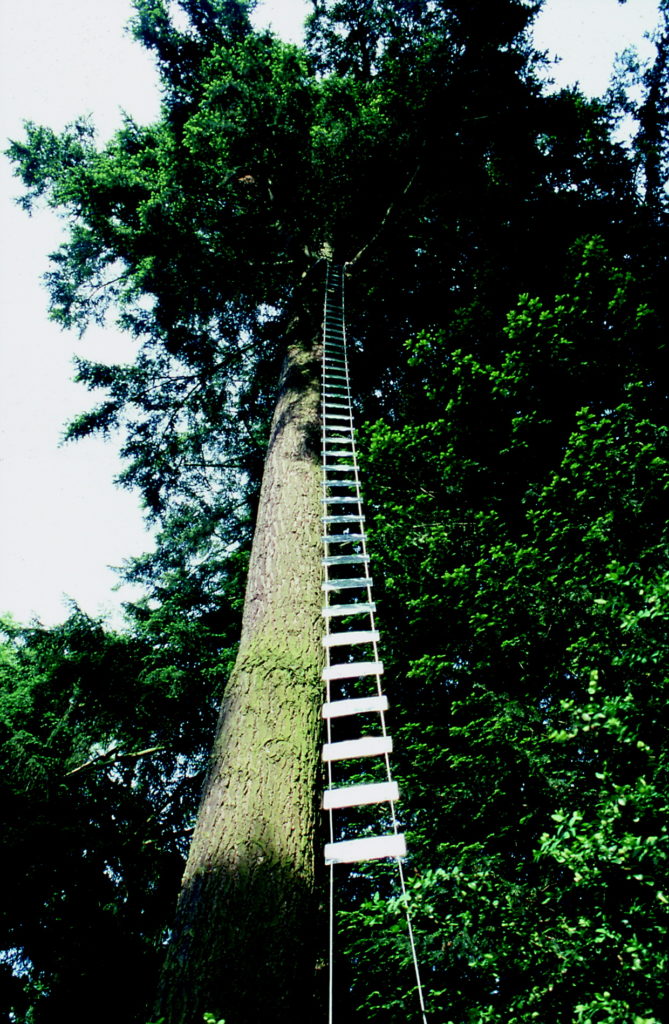
Sky Cross: Marhles, Parc Du Pilat, France, 2001
As part of a Pan European project connecting France, Germany and the United Kingdom, I was commissioned by Territoires Croisses – the Crossing Borders project to make a new artwork in response to the remote rural community of Marhles in the Parc du Pilat, near St Etienne, France. This involved a month long residency, public talks and other community interventions with local schoolchildren.
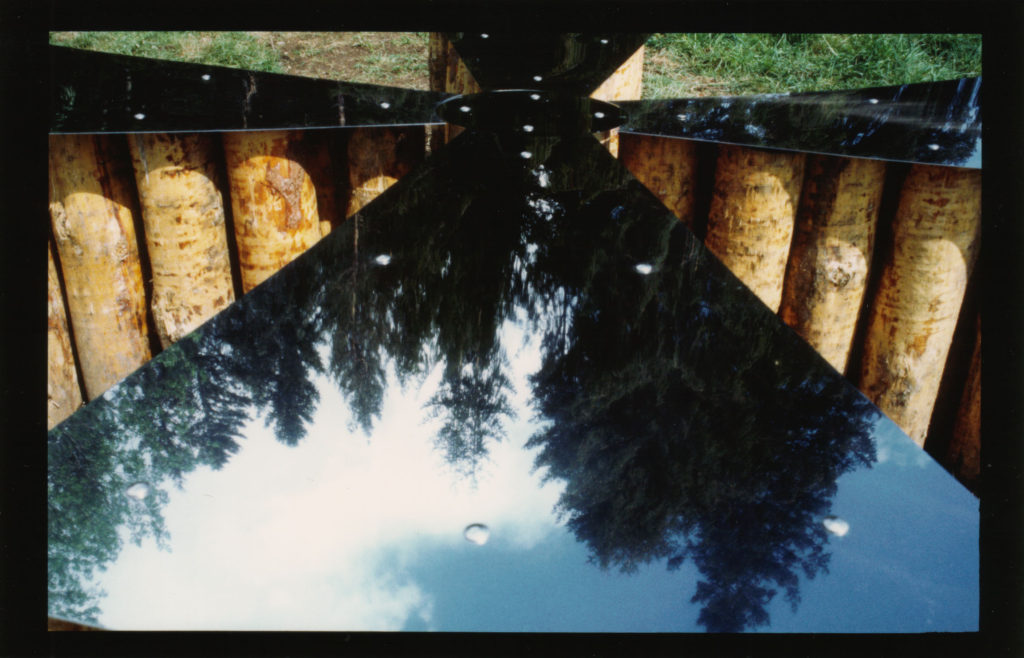
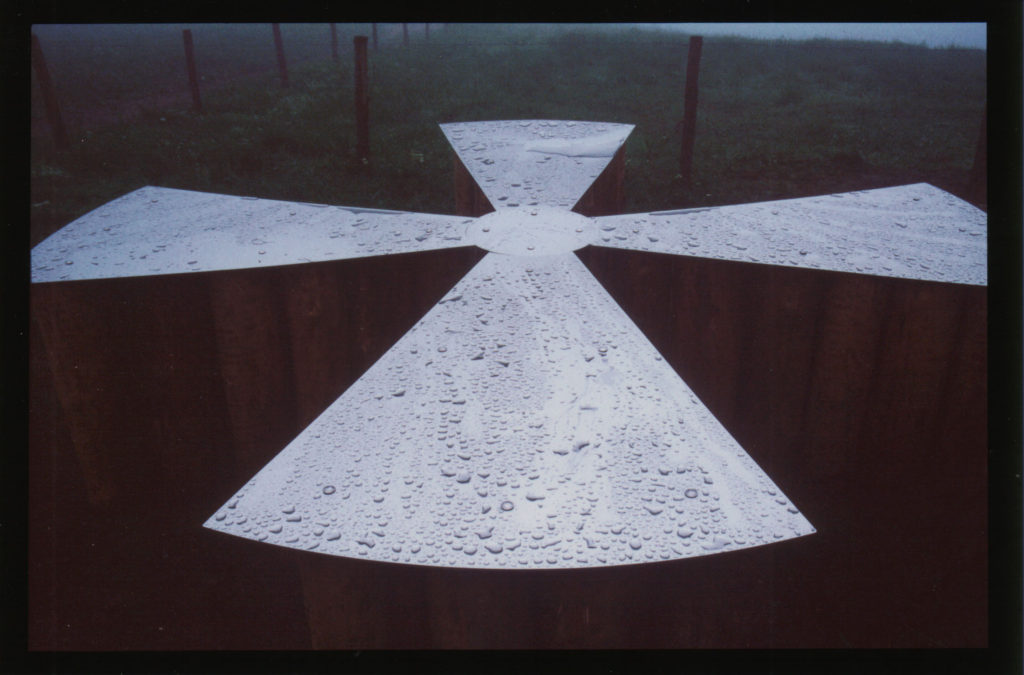

Sue Flowers, 2001
Atlantis Gold: Lancashire, 2001
This experimental installation was made in an attempt to explore the myth of Atlantis – as legend would have it a paradise where humanity and the natural world co-existed in harmony. The story of this mythical paradise made up of concentric circles of islands and lakes becoming submerged due to the folly of human decisions created a powerful visual metaphor for me to explore.
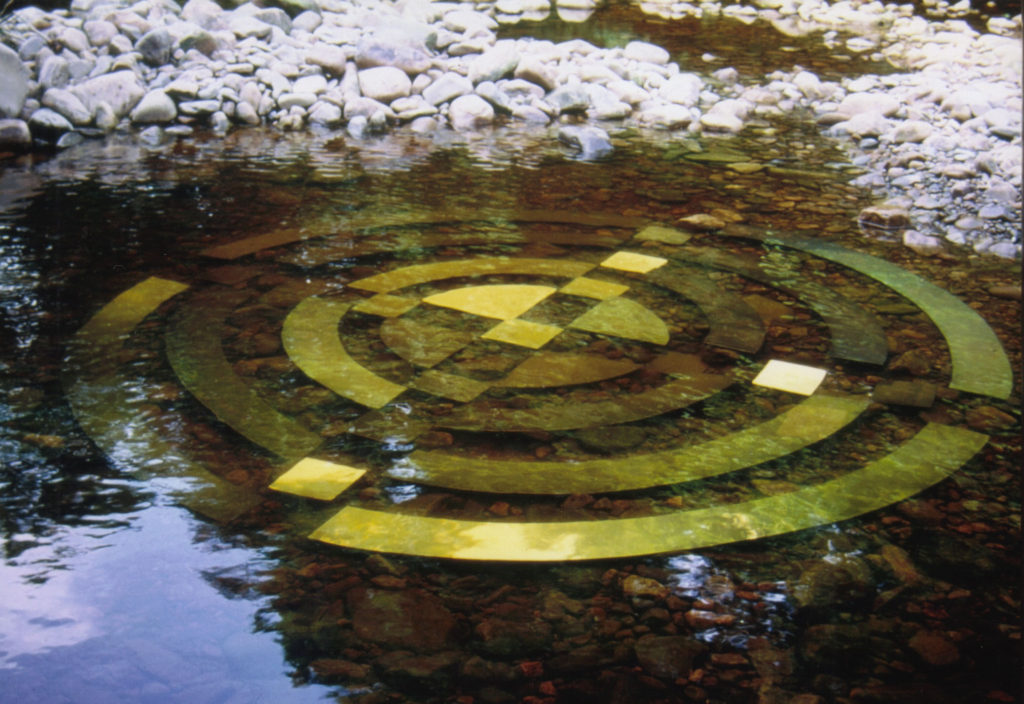
Tern Lighting: Morecambe Bay, 2001
Commissioned by the prestigious Tern Public Art Project, an arts regeneration programme for Morecambe; I designed a series of lit drawings for pavement projections creating an outdoor exhibition of light along the seafront inspired by the heritage and environment of the bay.

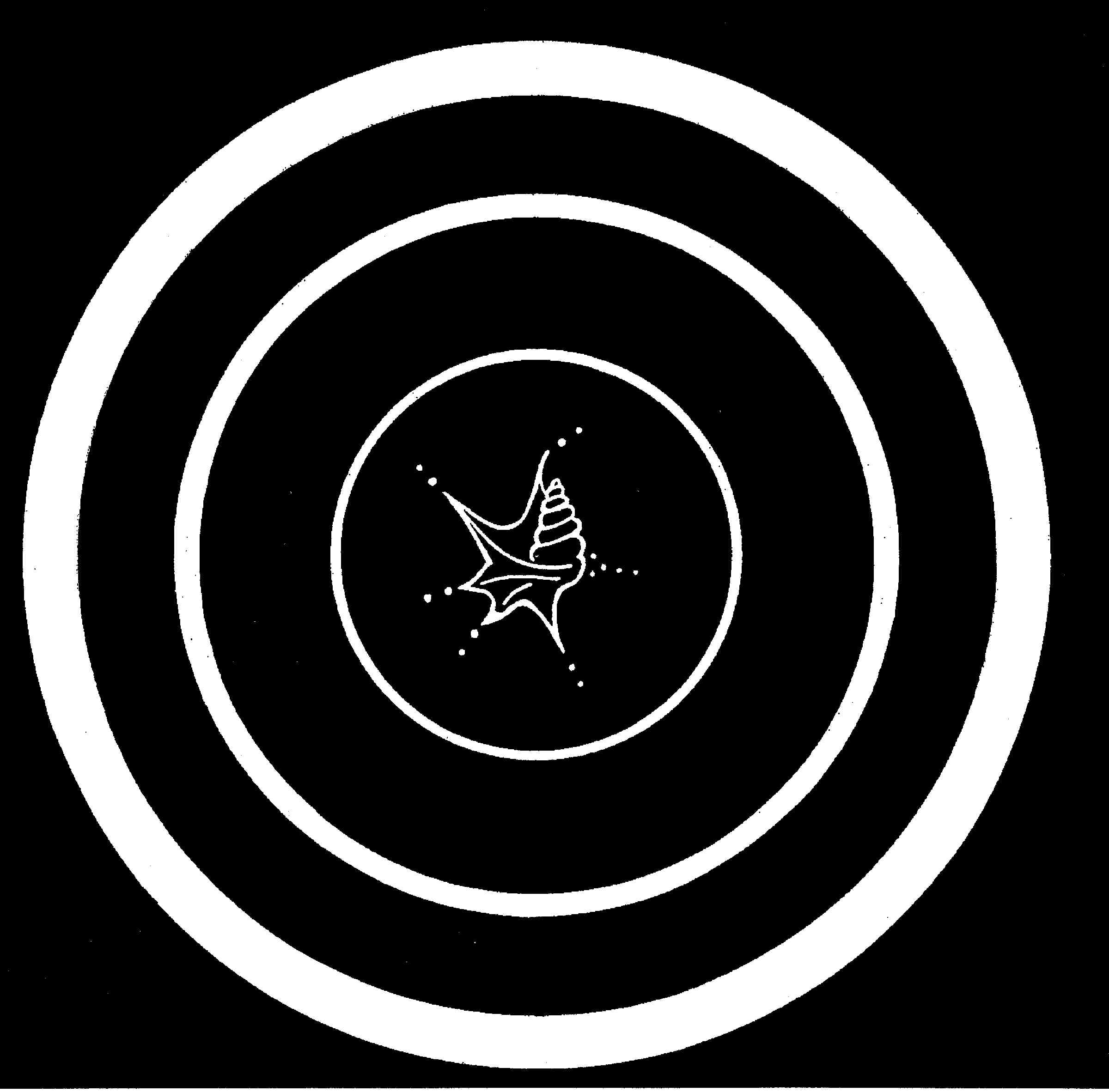

Image 1 – Full Circle: Shell Ripple Lighting Projection Work
(1 in a series of 14) Sue Flowers, 2001
Image 2 & 3 – Lighting Gobo Design, Full Circle Series
Sue Flowers, 2000
Our Farms – Our Land – Our Earth: Lancashire, 2000
During Arts Council England millennial project, The Year of the Artist (YOTA) I took up a series of residencies working on farms in the Lune Valley, exploring the heritage of my father’s agricultural machinery business. The project came at a time when farming was going into crisis, the family business I had planned to work with went into receivership and closed and then the disaster of Foot and Mouth Disease appeared, affecting everyone and everything in our locality.

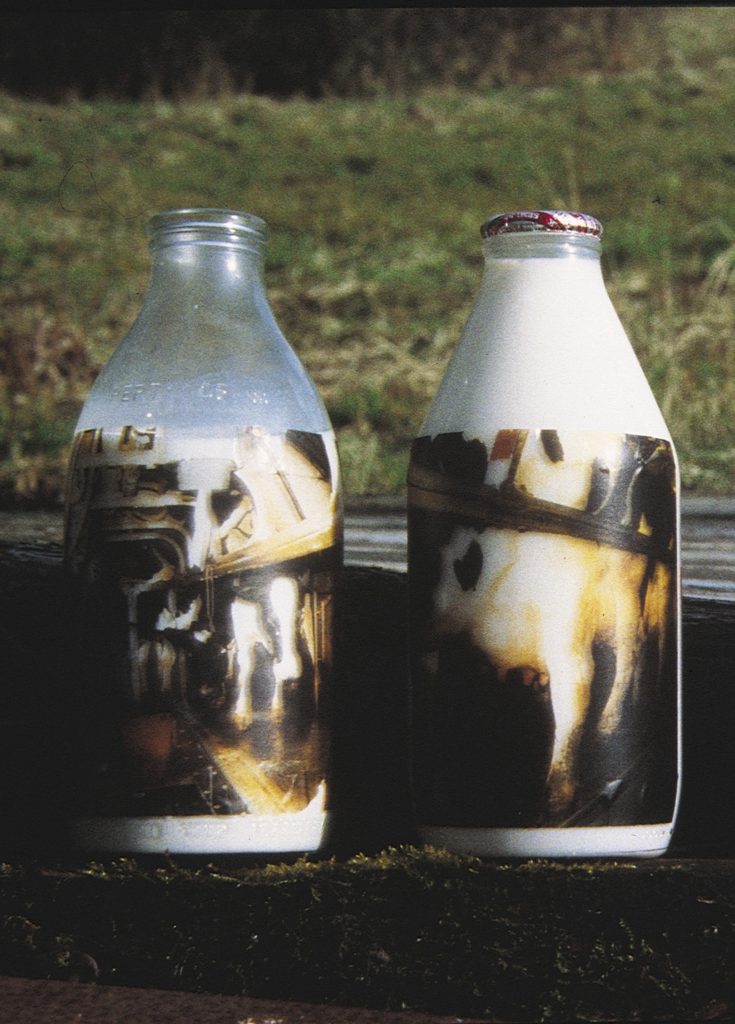
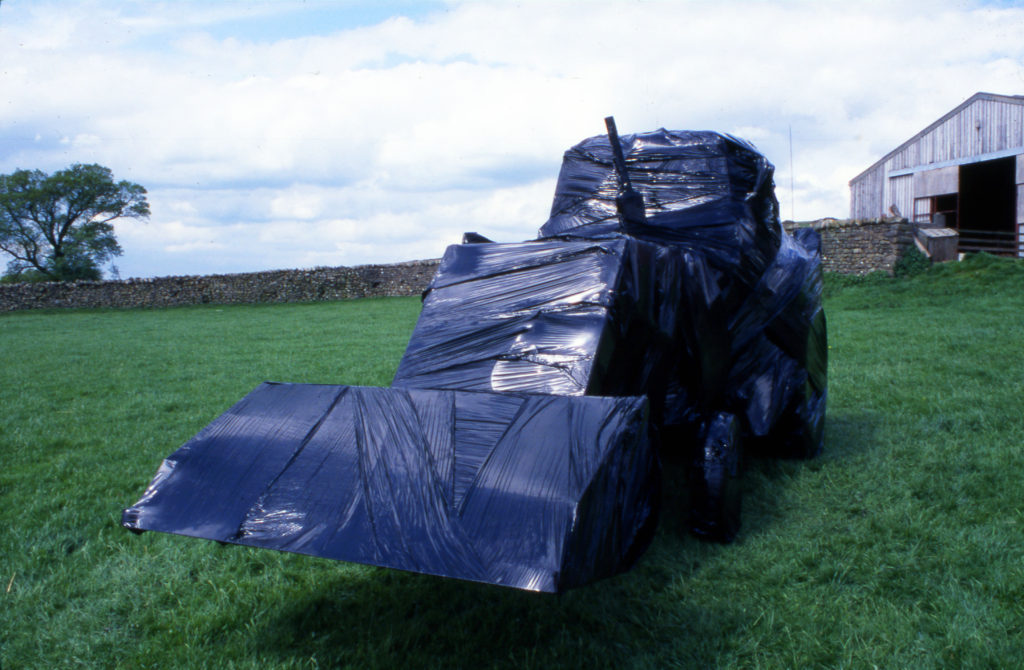


It was time of great sadness and loss, but it also brought an opportunity to reflect on the role of art in telling stories, conveying new meanings and closing the gap of understanding between sometimes disparate and diverse communities.
My project was delayed and lengthened as a result, but the enduring works tell a powerful tale of what was happening to the farmsteads, landscapes and the environment of Lancashire and South Cumbria at the turn of the century.
Inside-Out: Thornton Cleveleys Beach Hut Installation, 1999
This work was commissioned by Fylde and Wyre Council and installed in beach huts due to be demolished. The work explores our relationship with the external environment – reflecting back our attempts to master and quantify the coastline around Britain in order to successfully navigate it and survive within it whilst at sea.

Thornton Cleveleys, 1999
Circle of Light: Lancashire, 1997
Created as a temporary installation for Lancaster City Council’s Lune Valley Artworks project, Circle of Light was one in a series of Tree Dressing commissions delivered around the Lune Valley by Green Close.
The project aimed to draw attention to the value of trees and the natural environment, so I created a work for a willow tree on the village green that grew perilously close to where the village bonfire was annually held.
The concept of creating a work that would reflect back a fire fascinated me – showcasing the beauty of the flame from the origins its wooden fuel. However, as the work was completed and installed I felt that the sense of change that mirrors in the landscape were able to have creating a powerful metaphor for our relationship with the environment. As the light and weather changes so does our understanding of the artwork, in much the same way that we constantly evolve our viewpoints, perceptions and understanding.
The power of this work, along with my other mirrored works, was that it became many different things to many different people at many different times; this was its beauty.
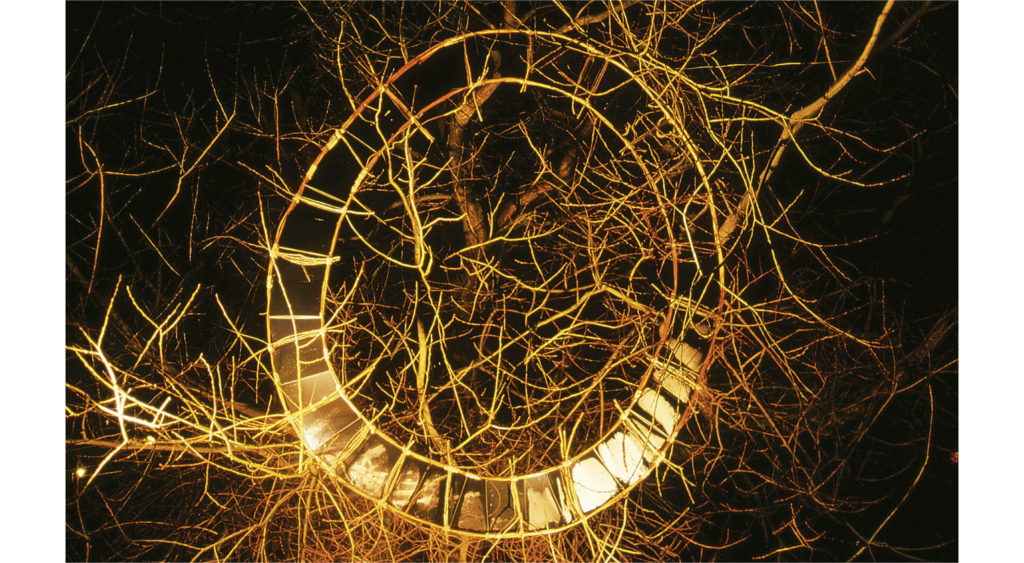
DRAWINGS
Drawing is at the centre of my creative practice: it’s my way of reflecting, understanding and also quietly communicating. When I draw I feel like I journey to the very heart of the matter…
The Journey: Ongoing Work in a Series
A series of time thought memory experiences, captured and preserved like moths caught in a night time eco-blast. Carefully selected minutiae of an experience, a day, a moment, captured and pinned down by my hand, a paper label and a pencil.
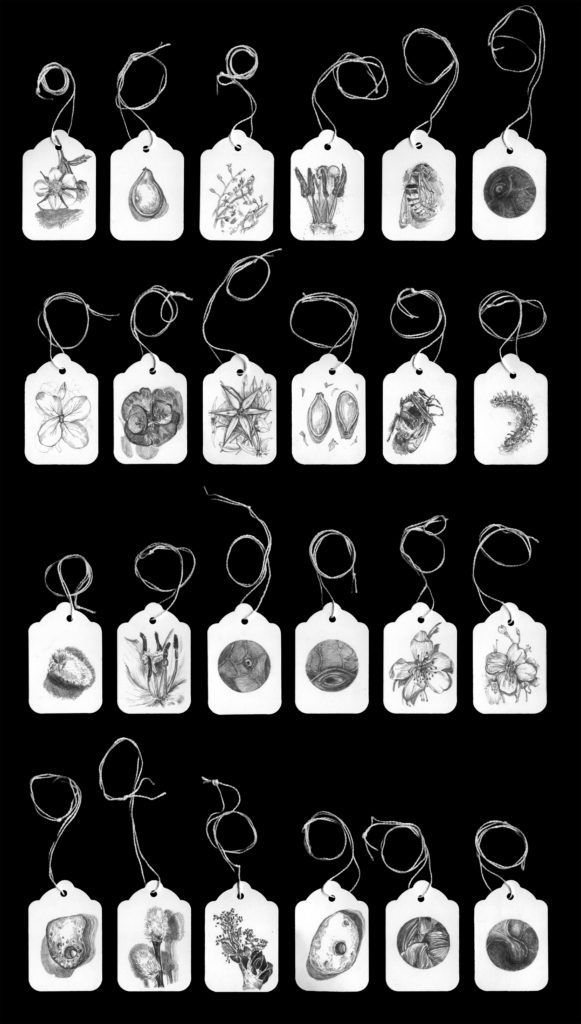
The Truth Will Out…2012
A series of studies created about alchemy: based on the changing nature of Honesty – the plant and the concept – drawn together through image, memory and shadows of the past.
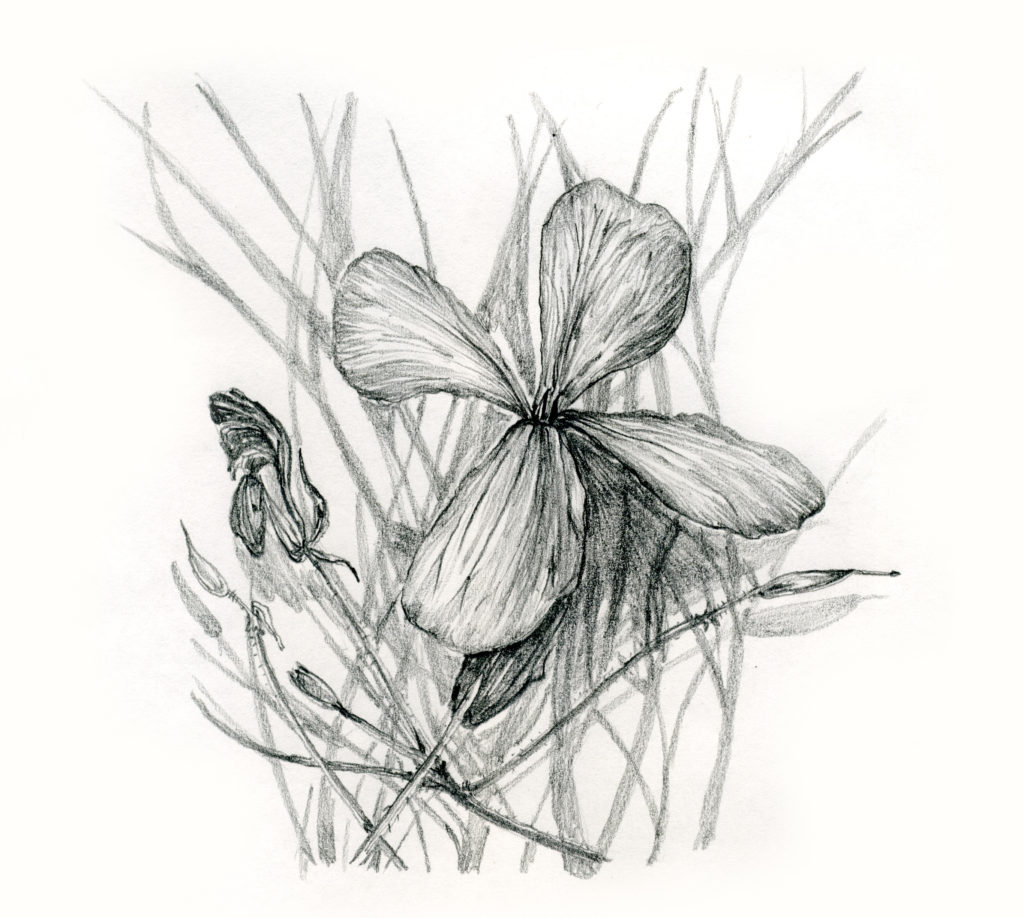
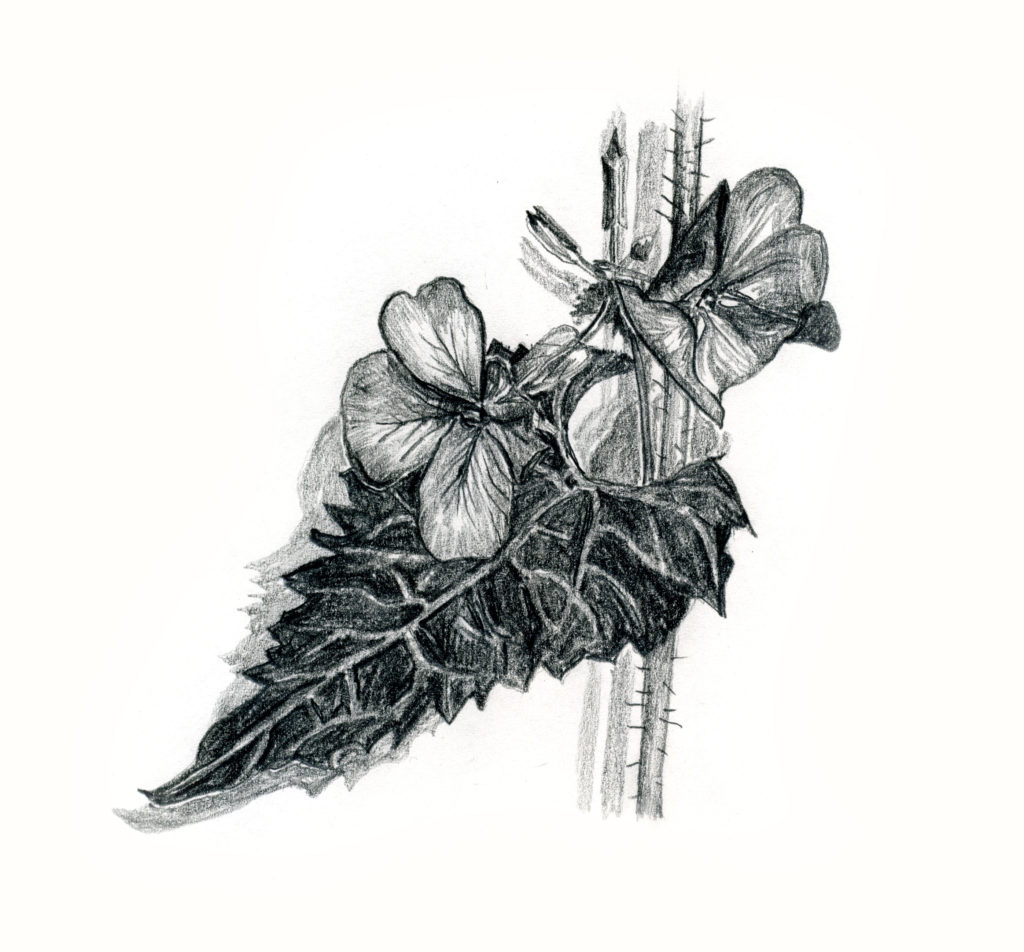
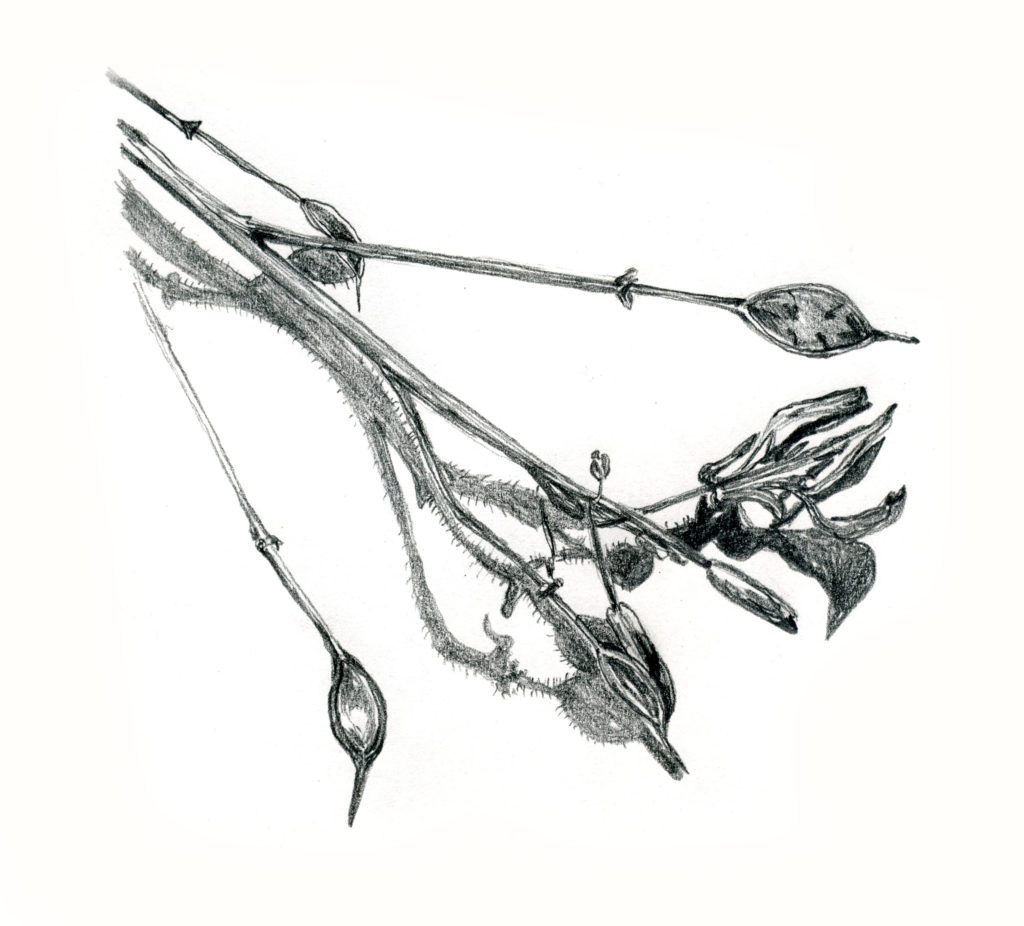
One Tenth: 2007
Created for the Abolished? Project Commissioned with Lubaina Himid by Lancashire Museum Service 2007
Following my involvement in the Slave Trade Arts Memorial Project (STAMP) I was commissioned to create a new work for the Maritime Museum in Lancaster – once Lancaster Custom’s Office where merchants would register the arrival of their ships and log their cargo. The work explored the qualities of people that were exploited during this period: the term ‘one tenth’ referring to one tenth of the people on a boat that carried 550 enslaved Africans. Drawing on the importation of sugar in this history, the installation included 55 drawings of one length of sugar cane that had been uprooted and cut into sections.
The history of this place is dark indeed…
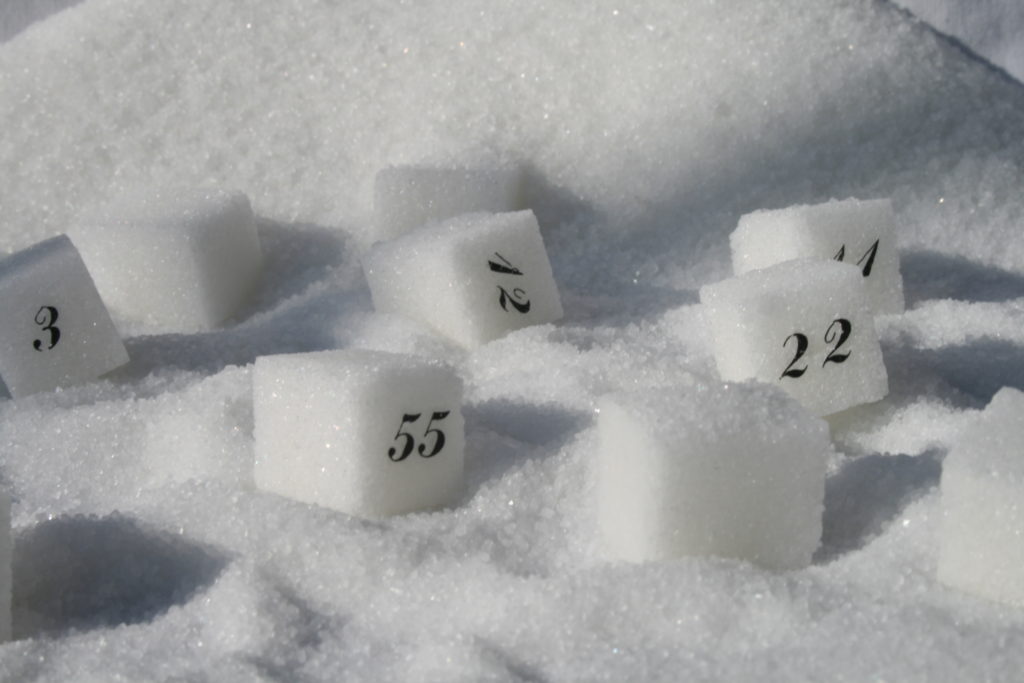
Sue Flowers, 2007
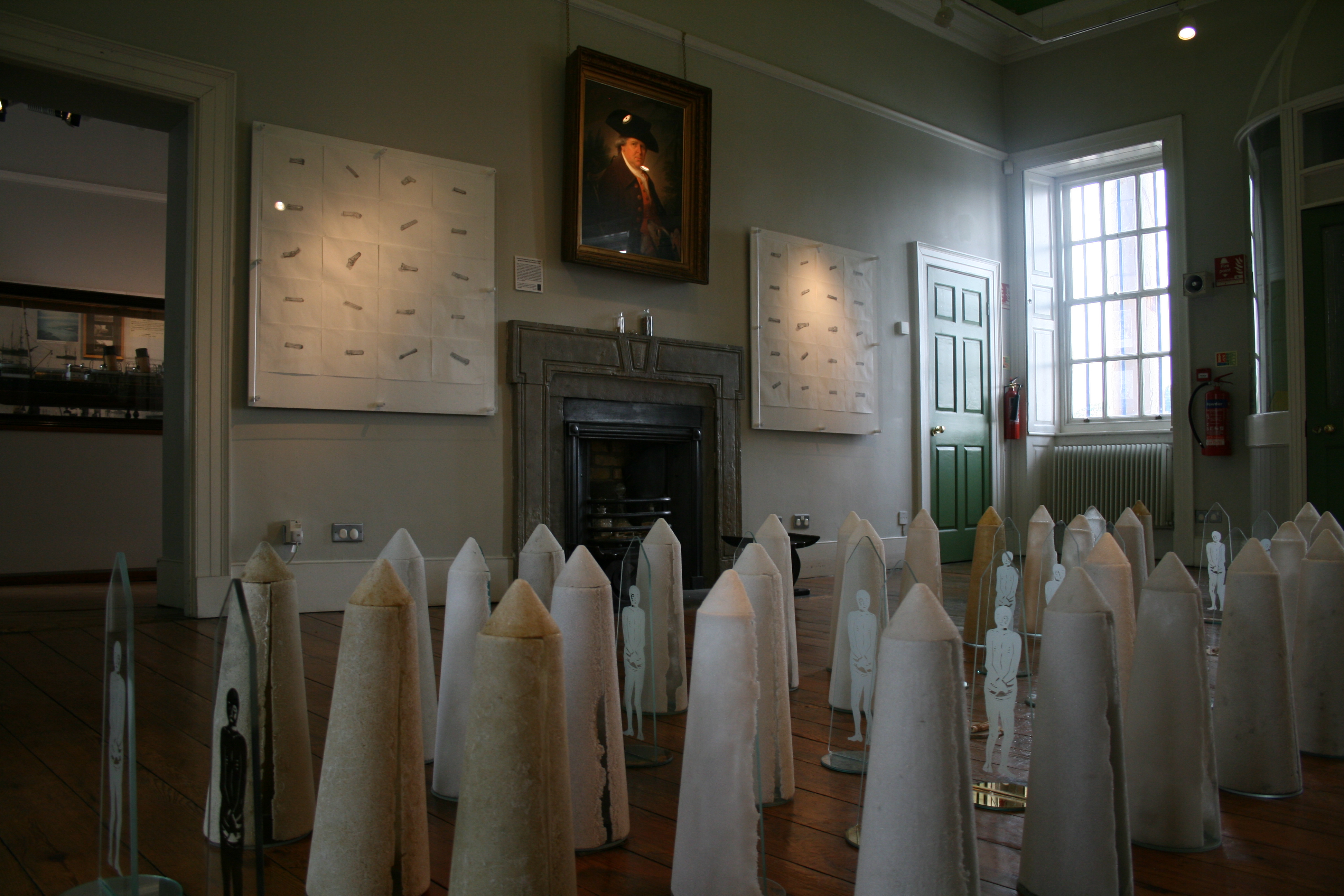
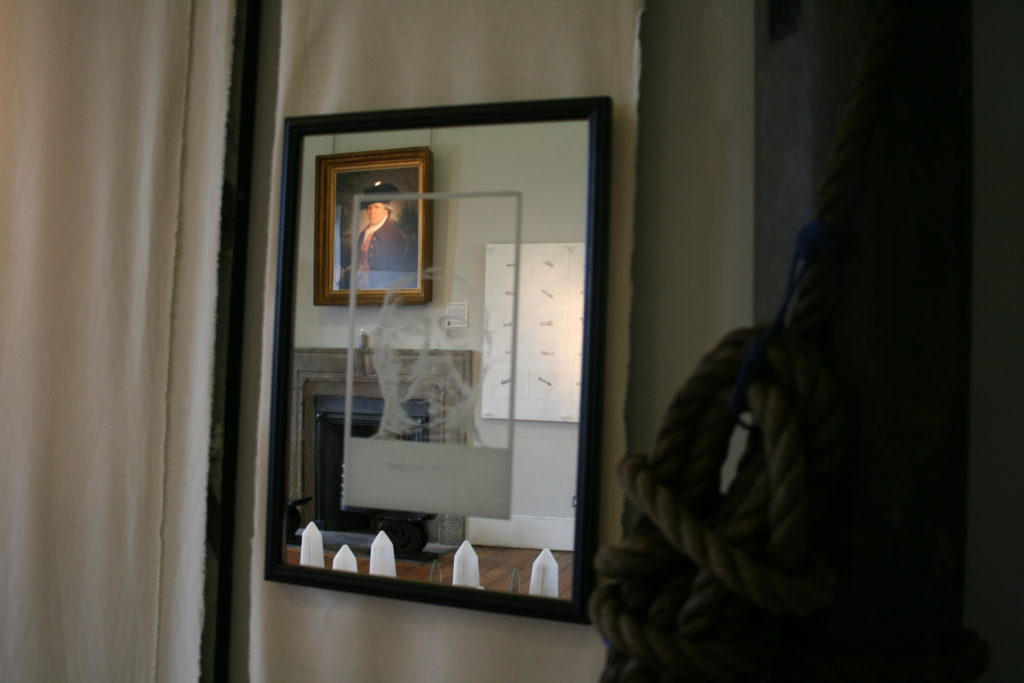
Alchemy Enquire: Manchester Museum, 2008
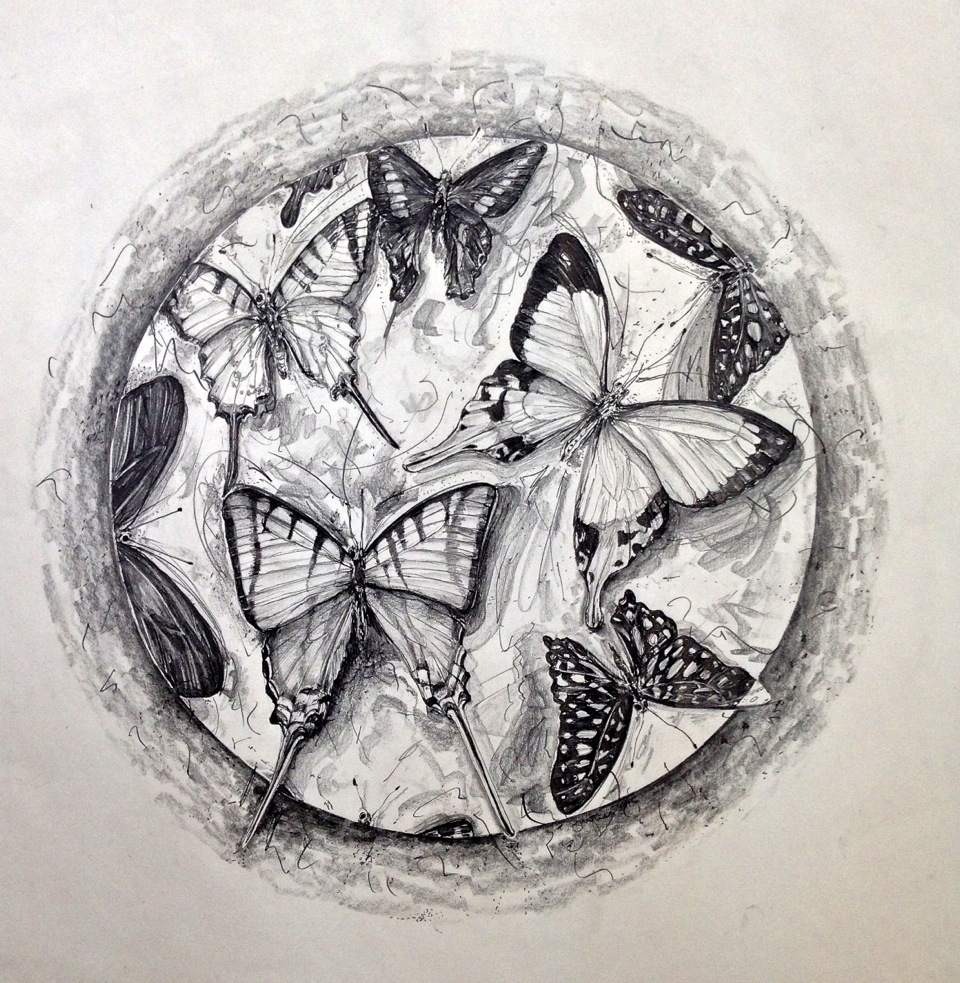
This project furthered my creative research into biodiversity, most specifically the role of insects in maintaining a balanced eco-system.
Through collaboration with Professor Dimitri Logenov, Curator of the Entomology Department at Manchester Museum I produced a new body of work exploring the collection and curation of species and continuing with my study of the minuscule, overlooked and forgotten.
Anubhaava – Feeling the Earth: Bowland Fells, 2007
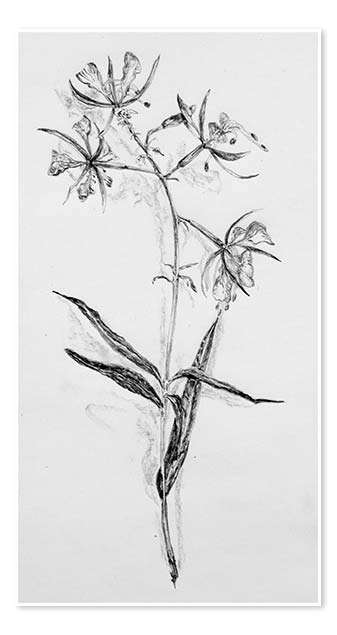
(study for Annubhaava installation)
Sue Flowers, 2007
This work grew out of a desire to explore drawing as environment. During the process I collaborated with dancer Prahbim Villareesh from South India. The work explored our interconnectivity and global interdependence, by merging small and large-scale drawn works, with lines in space, movement and form.
COMMUNITY EXPERIENCES
In much the same way as humanity is part of ecology and environment, artists exist within communities and are not separate to it.
Whilst such an embeddedness may take a great deal of time and emotional investment to develop, it has always been important to me to facilitate a platform of equality for myself whilst working with other people and their communities. I become a part of another person’s world, just as others become a part of mine, and in this way we are on a creative journey of discovery with each other about a particular place or location. By digging into the past, drilling down into a community’s sense of itself, I try to unearth understanding – utilising my art to reflect what we had perhaps forgotten to see.
This approach, one where I hope my practice can enable positive social change, has been a life long passion and is at the core of my work at Green Close. I believe, that as artists, we have a social responsibility to share our artistic processes and facilitate creativity within and for the communities we work within specifically to affect positive social change. For me the Chilean writer Gabriela Mistral puts this perfectly:
‘Lo que el alma hace por su cuerpo es lo que el artists hace por su pueblo’
What the soul does for the body is what the artist does for their community
Drawings for an Identity
Lancashire Witches 400 Steering Group, 2011

Big Art Project: Symbols of Unity
Burnley, Lancashire, 2008
Between Autumn 2007 and June 2008 I worked as a lead engagement artist with the diverse communities that make up Daneshouse, Stoneyholme and Dukesbar in Burnley. The demographic of Burnley was not without its problems and I was struck by the amount of housing demolition and how much an upheaval of the environment can affect communities.
I worked tirelessly to create symbols of unity, in whatever format they could be developed – drawings, paintings, collage even plants. Art can’t change social issues but it can start to help people consider new possibilities and see complex issues in new ways.


with Sue Flowers to consider planting a large wildflower symbol of unity, 2008
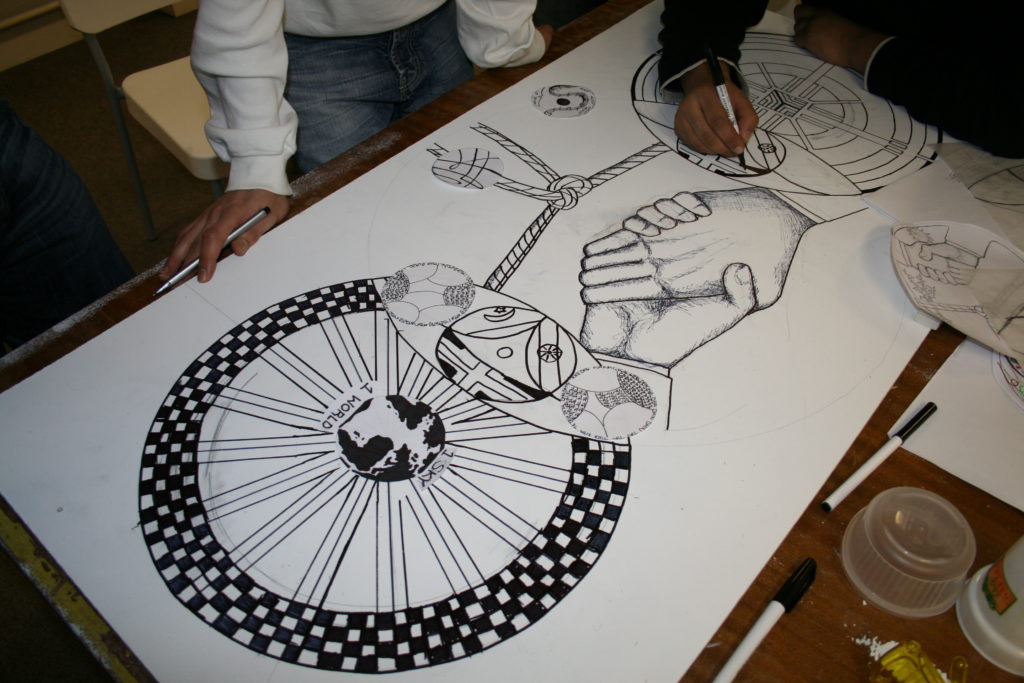
Open Gardens Commission – Fold Gallery
Kirkby Stephen, Cumbria, 2005

S.T.A.M.P: Slave Trade Arts Memorial Project
Lancaster, Lancashire 2005
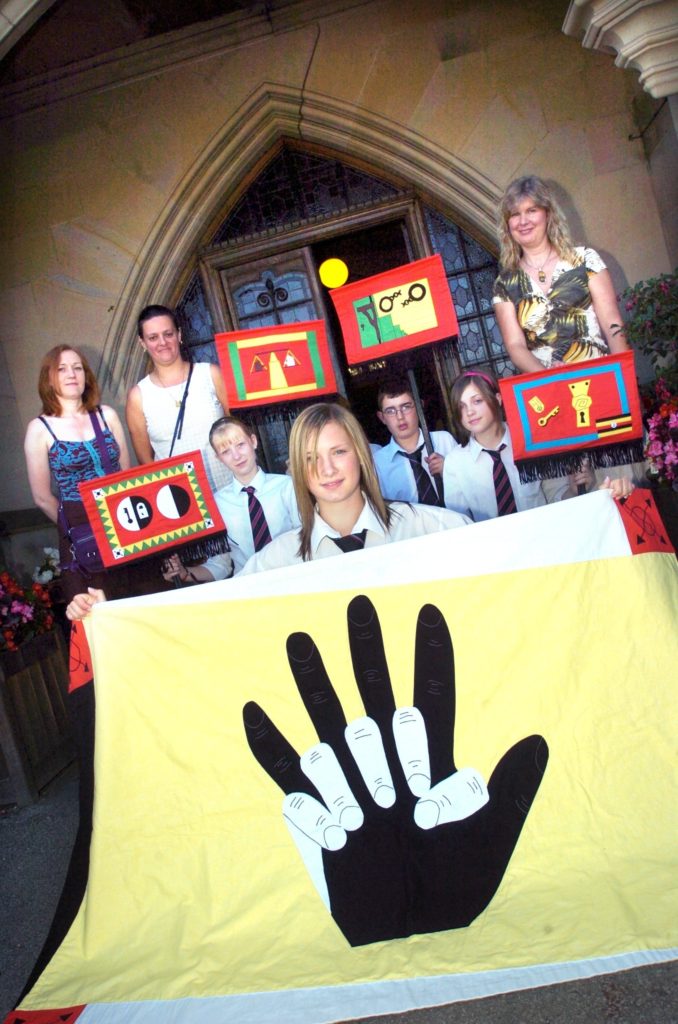
Jenny Carter, 2005
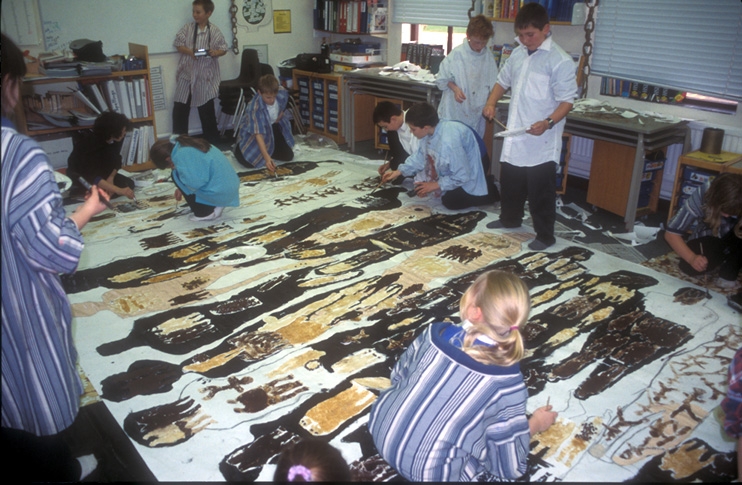
The Brookes slave ship which was used by the Abolitionist campaign to expose the abhorrent treatment of enslaved Africans on their journey known as the middle passage, 2005